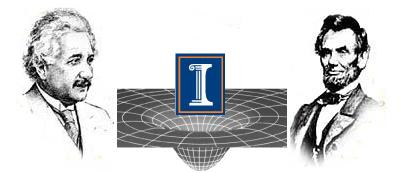Binary Black Hole Merger Simulation:
LIGO Source GW150914

- Vasileios Paschalidis
- Milton Ruiz
- Stuart L. Shapiro
Abstract
On September 14, 2015 at 09:50:45 UTC, two LIGO detectors simultaneously observed a transient gravitational-wave signal for the first time (Abbott et. al 2016, PRL, 116,061102; arXiv:1602.03837). The waveform matches the inspiral and merger of a pair of black holes of masses $29M_{\odot}$ and $36M_{\odot}$ in a circular binary orbit, followed by the ringdown of the final black hole of mass $62M_{\odot}$. We perform numerical simulations of this event on the Blue Waters supercomputer by using the data from LIGO, and we compare our results to LIGO's. Particularly, we perform three simulations, chosen to be consistent with LIGO's constraint on the effective spin $\chi_{eff} = M_1(S_1/{M_1}^2) + M_2(S_2/{M_2}^2) \approx 0$. In case A, the initial black holes have no spin, $S_{1}=S_{2}=0$. In case B, the dimensionless spin of the primary is $S_{1}/{M_1}^2=0.5$ and is aligned with the orbital angular momentum. The dimensionless spin of the secondary is $S_{2}/{M_2}^2=0.5\frac{36M_{\odot}}{29M_{\odot}}\approx0.62$ and is antialigned with the orbital angular momentum. In case C, the black holes have the same spin magnitudes as in case B except the spin of the primary is aligned at 45 degrees with respect to the orbital angular momentum, and the spin of the secondary is aligned at 225 degrees with respect to the orbital angular momentum.
Simulations are performed with the Illinois GRMHD code with moving box adaptive mesh refinement and with the MHD modules turned off. The simulations use moving puncture initial data and integrate the Einstein gravitational field equations using the BSSN formalism. They were performed on the Blue Waters Supercomputer at NCSA.
